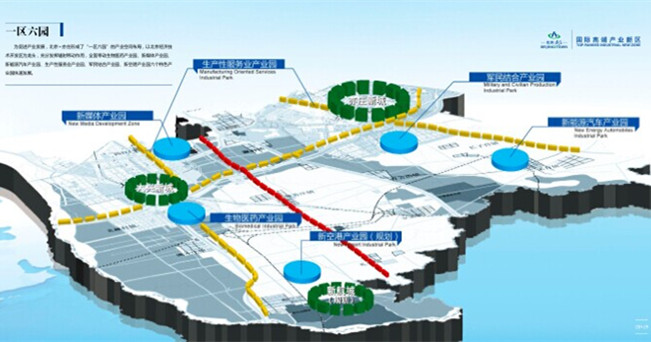Mass entrepreneurship and innovation as new growth engine
( http://english.gov.cn/ )

Young entrepreneur Wang Lei meets Premier Li Keqiang again at an exhibition center in Ningxia Hui autonomous region on Feb 2, 2016. In 2012, Premier Li visited Wang’s family on an inspection tour and encouraged Wang, who had been unemployed since college graduation, to start his own business. [Photo/english.gov.cn]
Since Premier Li Keqiang proposed mass entrepreneurship and innovation at the 2014 Summer Davos in Tianjin, it has been viewed as a new engine for China's economic growth.
Mass entrepreneurship and innovation not only refers to being innovative in fields of technology, commerce, and culture, its essence lies in the innovation of ideas and systems, which can inject more creative vigor into the public.
China has 1.3 billion people, a 900-million workforce, and over 70 million enterprises and self-employed businesses, which the Premier called a "gold mine"that provides a constant source of creativity and wealth.
The Premier placed technology innovation at the center of China's overall development. He also emphasized that innovation should not only cover technology but also economic system and the government's management mechanism.
China needs to develop the "twin engines" -- the new engine of mass entrepreneurship and innovation and the old engine of improved public goods and services — if the country wants to achieve medium to high growth rates and medium to high level of development, the Premier said.
Entrepreneurship and innovation has brought about a growing number of small and micro businesses, joined by large enterprises for coordinated innovation.
International production capacity cooperation, also highlighted by the Premier, can integrate China's enormous production capacity with advanced technology offered by developed countries, which will in turn help developing countries achieve industrialization.
 The Area with Six Parks
The Area with Six Parks Global Top 500
Global Top 500